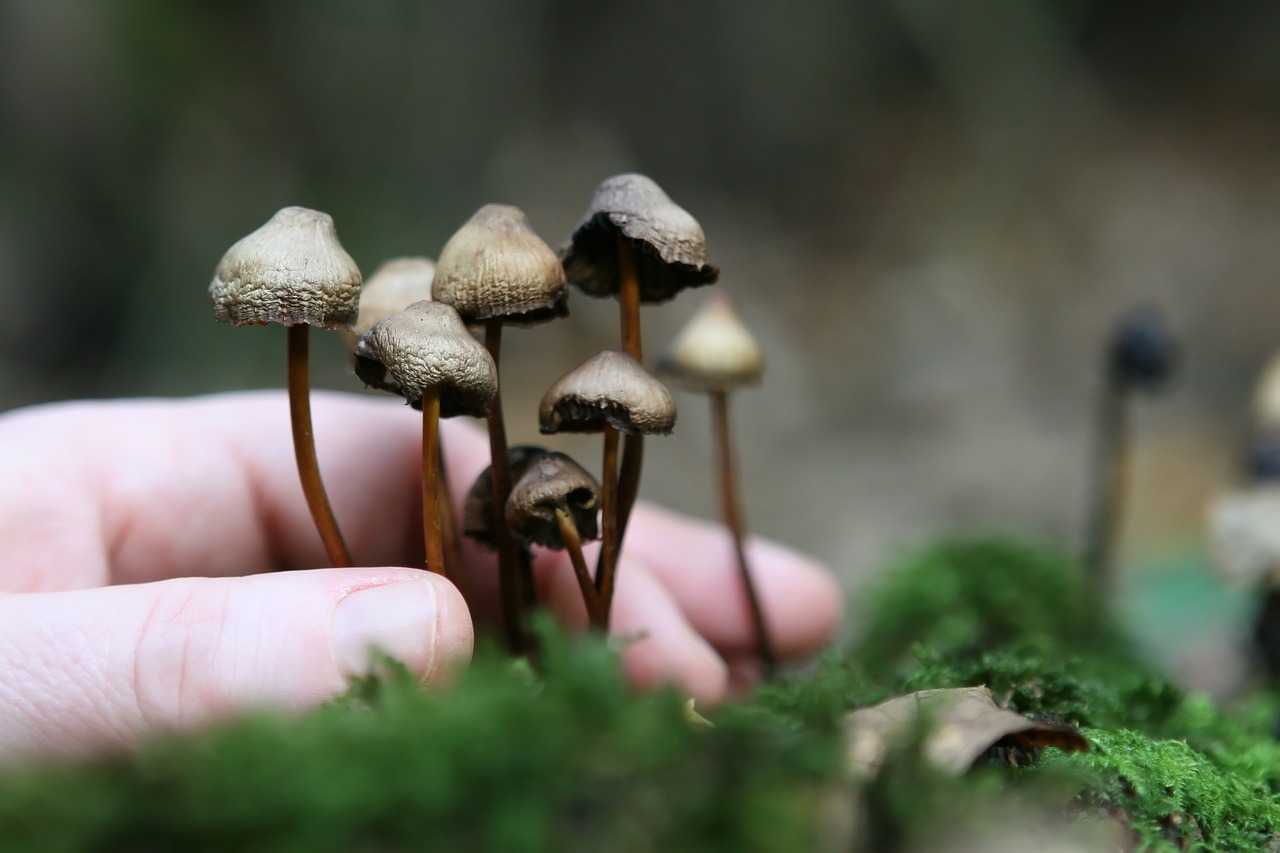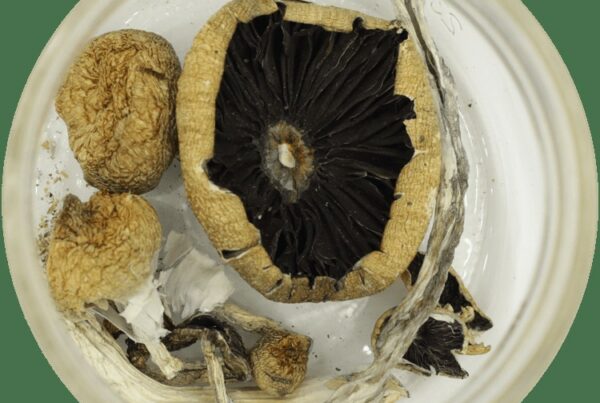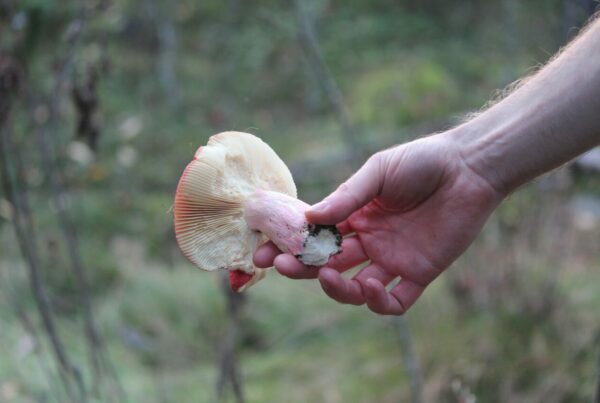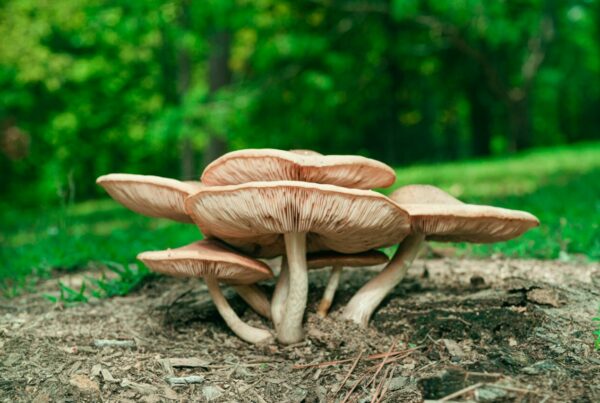Deciphering the Intricacies of Mycelium
In essence, mycelium, the root structure of fungi, acts as the digestive system for mushrooms. It is responsible for seeking and processing nutrients into a consumable form for the fungus, thereby nourishing it. The outcome of this process enhances the nutrient density of the surrounding soil, making it a valuable source of essential nutrients for other plants and a perfect addition to garden mulch.
Mycelium networks not only play a crucial role in mushroom growth but also contribute significantly to the health and development of various land-based plants, including trees. For instance, a symbiotic relationship exists between tree roots and fungi where the tree supplies the fungus with carbon in the form of sugars. In exchange, the fungus provides essential minerals such as nitrogen and phosphorus to the tree. For more detailed information on this relationship, follow this link.
Fascinatingly, mycelium networks function as an underground communication system among plants, akin to the neural networks in the human brain. Recent scientific studies propose that plants and trees might have basic nervous systems that fungi can influence, impacting processes like communication, memory, and learning. Moreover, mycelium aids in maintaining soil health by decomposing organic waste and cleansing any present pollutants.
Cultivating magic mushrooms requires a thorough understanding of mycelium development. Though the cultivation process can pose challenges for beginners, knowledge about mycelium is a critical starting point. While purchasing mushrooms from Magic Mushroom Toronto Canada online is a convenient option, studying mycelium can greatly enhance your cultivation journey.
The Progression of Mycelium Growth
Upon encountering a suitable environment for growth, fungal spores trigger the formation of two mycelium types. The first, referred to as primary or monokaryotic mycelium, is distinguished by the presence of a single nucleus in each cell and is typically not visible without magnification. The second type, known as secondary or dikaryotic mycelium, is observable to the naked eye and contains two nuclei per cell.
Upon sprouting, the fungal spores initiate the formation of the primary mycelium, known as the monokaryotic mycelium. When it encounters another compatible monokaryotic mycelium, these two can combine to form the second stage, referred to as the dikaryotic mycelium. It is this dikaryotic mycelium that has the ability to produce mushrooms or sclerotia.
Types of Mycelia
Mycelia are classified into three types, two of which are signs of successful cultivation.
- Rhizomorphic mycelia are characterized by their string-like extensions. They are easily identified and, like all mycelia, are composed of units called hyphae. The rhizomorphs are the network of grouped hyphae. Rhizomorphic mycelia spread first, then send back chemical messages to the colony indicating that the area ahead is suitable for nutrient supply. The remaining mycelia then proceed to follow. The hyphae at the tip of the rhizomorphic mycelia release peroxidase, an enzyme that breaks down the material in front of it for food. The hyphae then spread over the material, distributing the nutrients throughout the colony. This type of mycelia is preferred by many cultivators due to the increased chance of mushroom production as the Rhizomorphic mycelia sprout from the substrate.
- Tomentose, or “Fluffy” mycelia, have more similarities than differences with Rhizomorphic mycelia. However, the arrangement of the fluffy mycelia strands is unique. Even though the strands might not be immediately noticeable, they are indeed there. Their cotton-ball-like appearance indicates that the strands are clustered together. The growth environment largely determines whether your mycelia develop tomentose or rhizomorphic characteristics. There is ongoing debate among cultivators about whether the type of mycelia impacts the growth rate or the yield of the harvest.
- Aerial mycelia appear when the growing conditions are not ideal. In such cases, the mycelia tend to grow outward instead of spreading across the medium or forming a ball. Often confused with bacterial infection, this type of mycelia can impede your mushroom cultivation, resulting in weaker, smaller mushrooms. Aerial mycelia typically occur due to inadequate fresh air exchange and excessive humidity.
Mycelium or Mould?
It’s vital to differentiate between mould and mycelium. If you notice green, blue, grey, or black patches on or in your fruiting box, it’s likely that your culture is contaminated. Discolouration is the main signal. Though blue spots may appear, they could just be bruises.
Cobweb moulds are generally quite noticeable. Instead of the bright The Mycelium is typically distinguished by its stringy, puffy texture and its unique greyish-white colour. Although cobweb and green moulds do not pose a risk to human health, they can detrimentally influence the wellbeing of your mushrooms.
Magic Mushroom Toronto Canada: Your Comprehensive Mushroom Information Portal
Consider Magic Mushroom Toronto Canada your reliable resource whenever you think about psychedelic mushrooms in Canada. We are dedicated to offering essential information that ensures a safe and satisfying mushroom experience.





